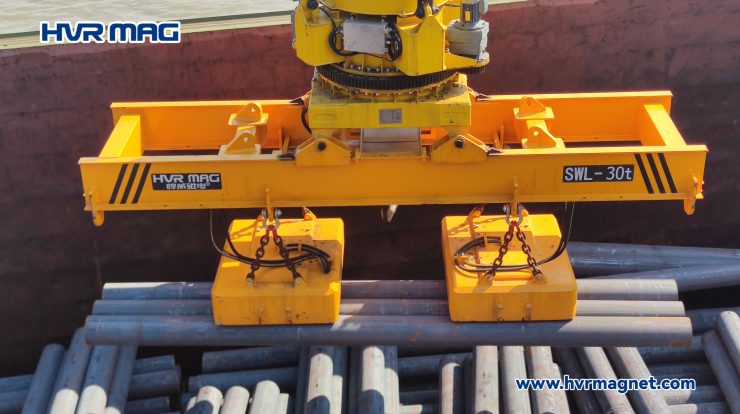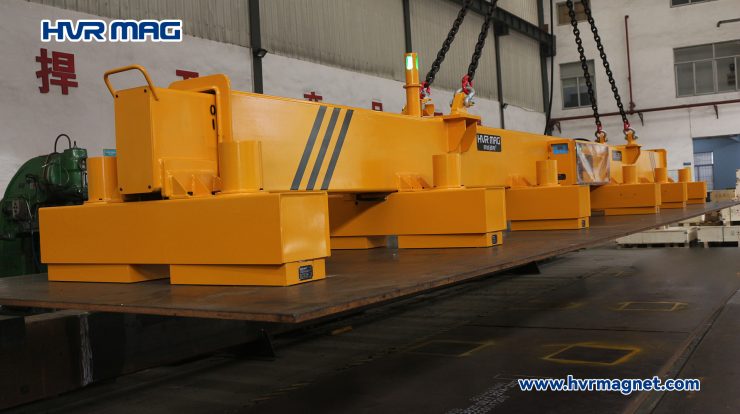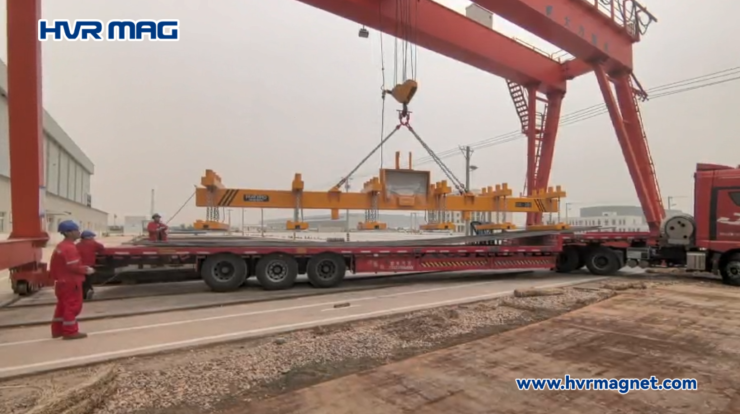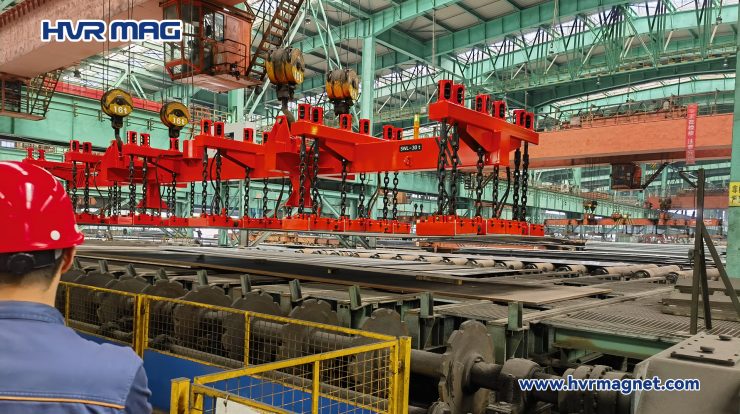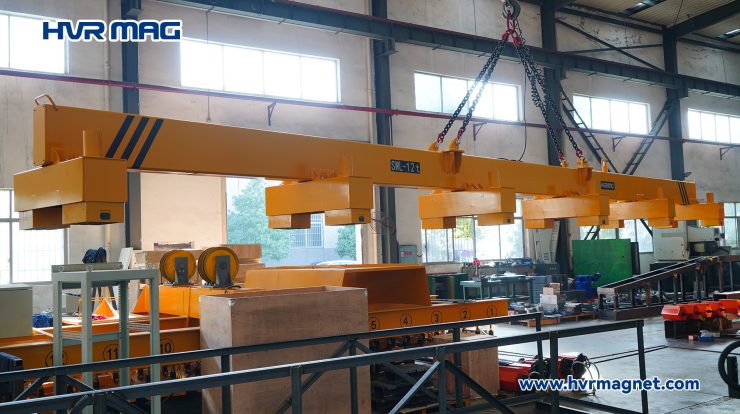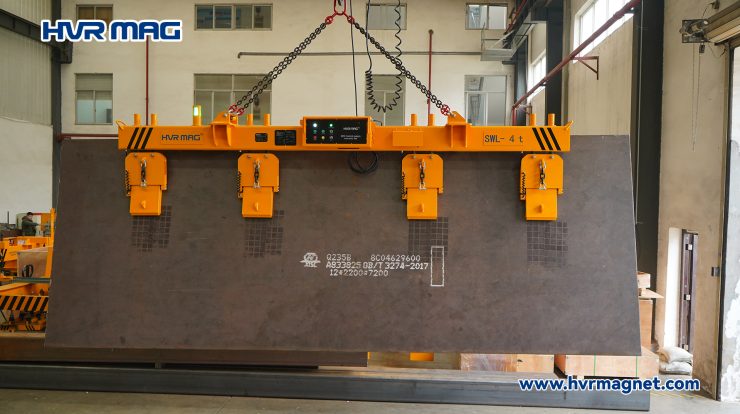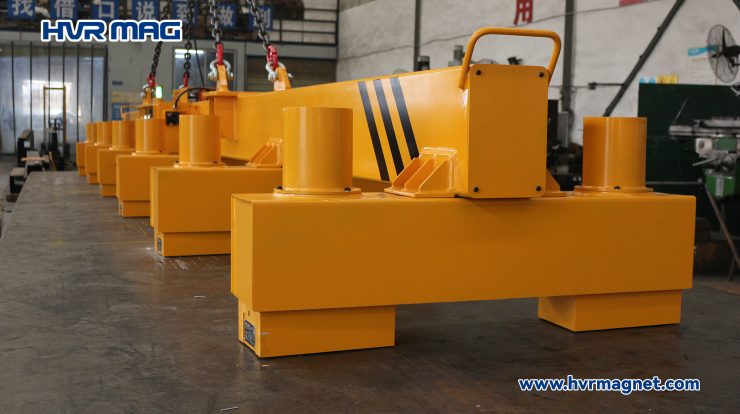
Electro permanent lifting magnets are invaluable tools in various industrial applications, capable of securely lifting and holding ferromagnetic materials with efficiency and safety. Understanding which materials are suitable for lifting with these magnets, along with critical considerations, ensures optimal performance and longevity of the equipment.
Suitable Materials for Electro Permanent Lifting Magnets
Electro permanent lifting magnets are designed specifically for materials that are ferromagnetic, meaning they can be magnetized. Here are some key examples of materials that can typically be lifted:
Steel: Various grades of steel, including mild steel and structural steel, are ideal for these magnets. These magnets are particularly effective in handling steel plates, sheets, profiles, and structural components.
Iron: Ferrous materials containing iron can also be lifted, provided they have sufficient magnetic properties to be attracted and held securely by the magnet.
Materials Not Suitable for Electro Permanent Lifting Magnets
It’s important to note that electro permanent lifting magnets are not suitable for materials that are non-ferromagnetic, such as:
Stainless Steel: Stainless steel, despite its common use in many industries, does not possess sufficient magnetic properties to be attracted by these magnets. Alternative methods are required for handling stainless steel materials.
Copper and Aluminum: Non-ferrous metals like copper and aluminum are also not suitable due to their non-magnetic nature.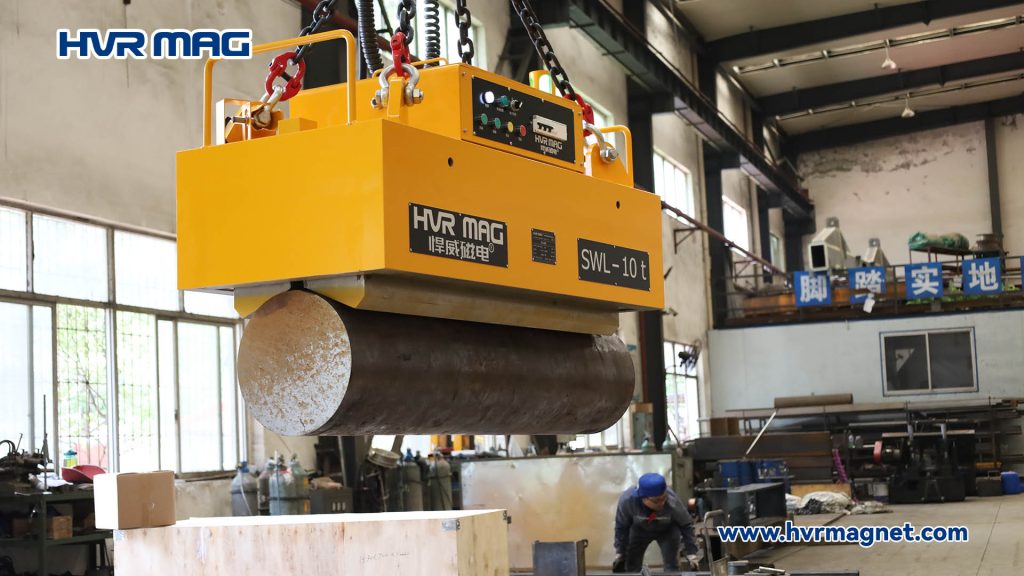
Important Considerations
When using electro permanent lifting magnets, several critical factors should be considered:
Curie Temperature: The Curie temperature of a material refers to the temperature at which it loses its magnetic properties. For ferromagnetic materials like steel, this is generally not an issue at typical operating temperatures. However, it’s crucial to avoid lifting materials that exceed their Curie temperature (around 700°C for steel), as they will lose their magnetism and cannot be lifted.
Magnetic Penetration Depth: This refers to the depth within a material where the magnetic field can effectively penetrate and hold. Beyond this depth, the magnetic force diminishes significantly. For applications involving thin sheets or where precise positioning is critical (such as welding fixtures), understanding the magnetic penetration depth is essential for selecting the appropriate magnet strength and configuration.
Conclusion
By selecting the right materials and considering critical factors such as Curie temperature and magnetic penetration depth, users can maximize the effectiveness and safety of these magnets in their operations. Always consult with manufacturers or experts to ensure proper application and adherence to safety guidelines when using electro permanent lifting magnets. For more information, please contact HVR MAG at export@hvrmagnet.com

